Salomé at Hoxton Hall
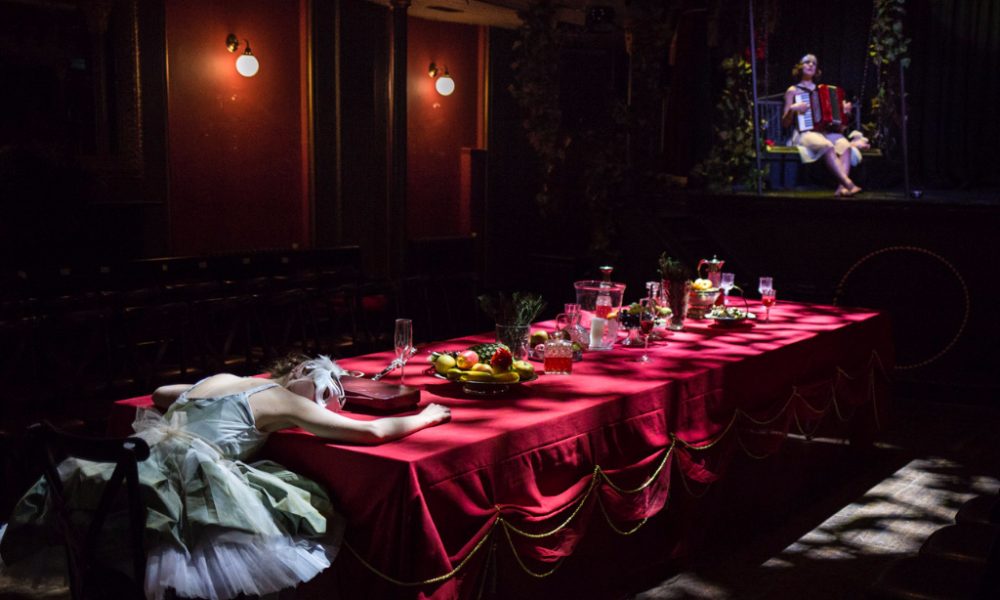
Anastasia Revi’s production evokes the extravagant and grotesque atmosphere of 1930s Bohemian society. Salomé was first performed in 1931, some 40 years after it was banned. The director’s decision to use 1920s and 1930s music works well with the play’s timeless messages of lust, pleasure and revenge. Hoxton Hall is the perfect setting for Oscar Wilde’s disturbing tale: the Victorian venue is transformed into a banqueting hall with audience members sitting around tables. It is a voyeuristic maze; eyes dart from speaking characters to the dancing movements of Salomé or the moon. Actors interact with the audience making them yet more complicit in the extravagant and debauched action.
All of the events in this one-act play occur during the course of King Herod’s birthday banquet. Our eyes are perpetually drawn to Salomé, King Herod’s beautiful stepdaughter, who falls in love and is rejected by the prophet Jokanaan. Coaxed into dancing for her stepfather, a lust-driven Salomé demands the head of the prophet as a reward. Salomé (Denise Moreno) and Eros (Annabelle Brown) have powerful and explicit dance solos that express their emotions often better than words. “Dance for me Salomé, dance for me,” repeats Herod, building up the audience’s anticipation for her eventual submission. Konstantinos Kavakiotis captures the king’s authority but equally his weakness in the face of his frustrated and perverted desire for his stepdaughter. Salomé symbolically abandons her white swan outfit for a scarlet dress as she dances for Herod, leaving viewers in no doubt about his desire for her.
The majority of the music is performed by Annabelle Brown; she often accompanies the fluttering movements of Salomé with her flute or her voice. This is a visually decadent performance; the eccentric set envelops spectators in the play’s excess. Costumes combine elements of ballet and 1920s music hall; the Young Syrian seems to be dressed in a 1st-century inspired outfit, as seen through the eyes of a 1920s costume designer. It feels as if all the characters are dressing up, which makes the disturbing finale more sickening, as Herod realises Salomé was not simply “performing” a dance of death. This is a skilfully adapted and produced show that is visually dark and delightful.
Georgie Cowan-Turner
Photo: Yiannis Katsaris
Salomé is at Hoxton Hall from 31st January until 11th February 2017 for further information or to book visit here.
Watch the trailer for Salomé here:


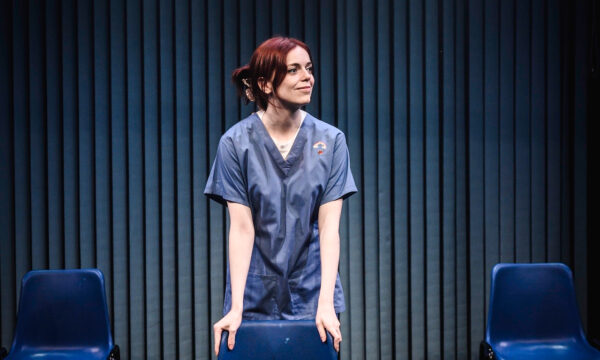
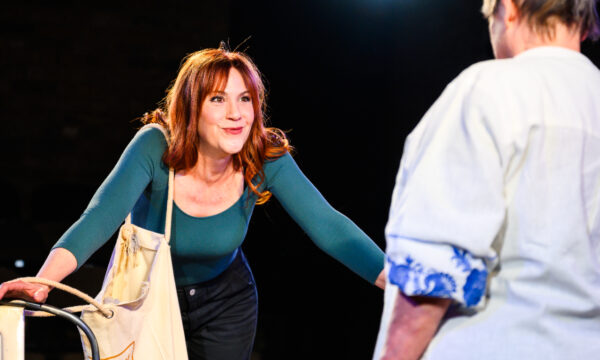
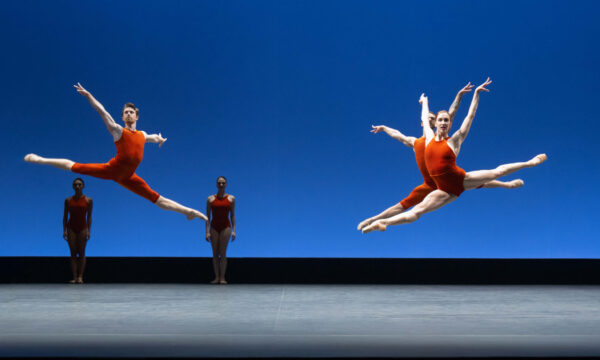
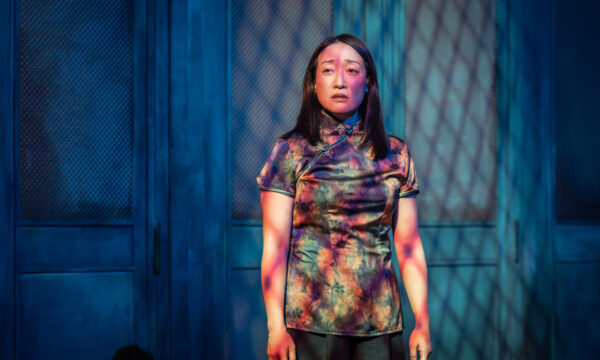
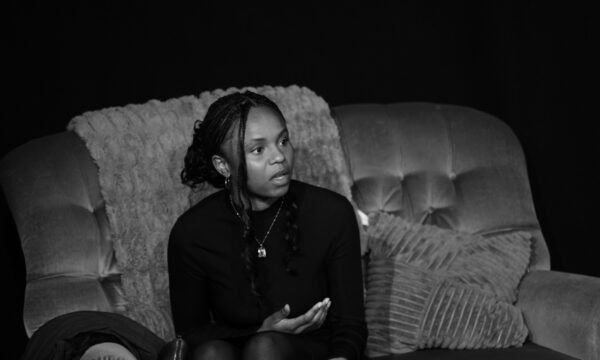
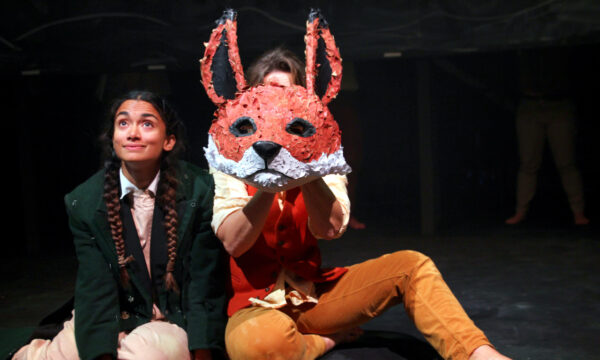

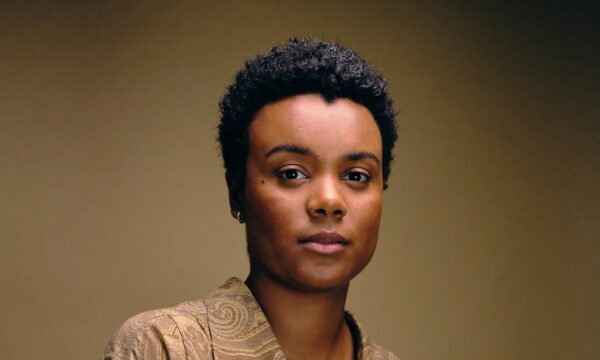















Facebook
Twitter
Instagram
YouTube
RSS